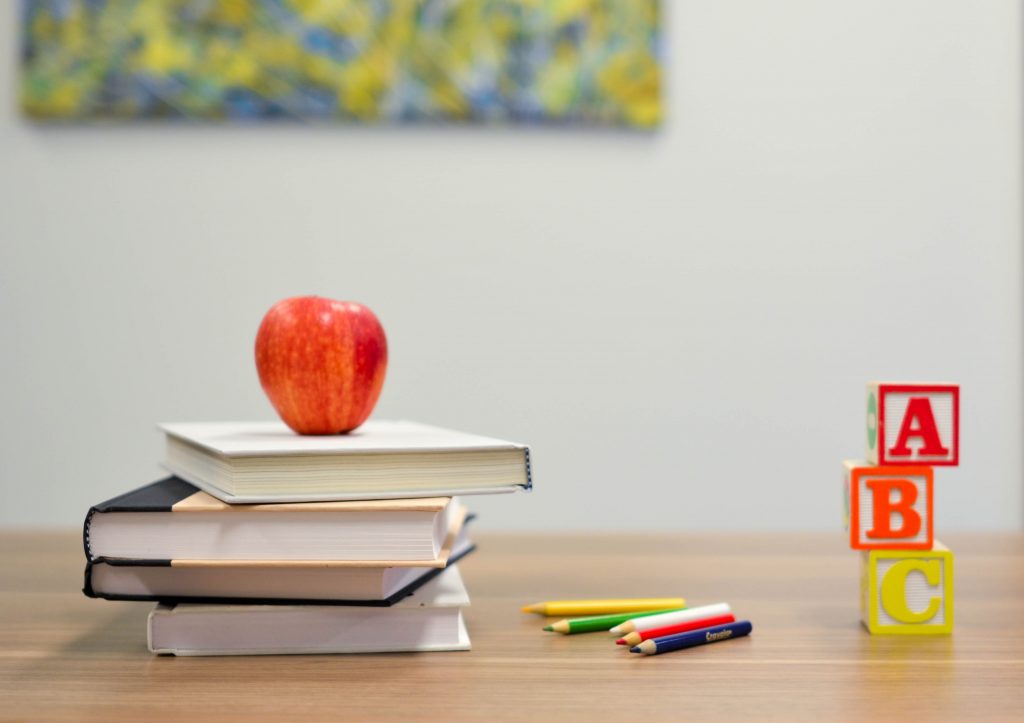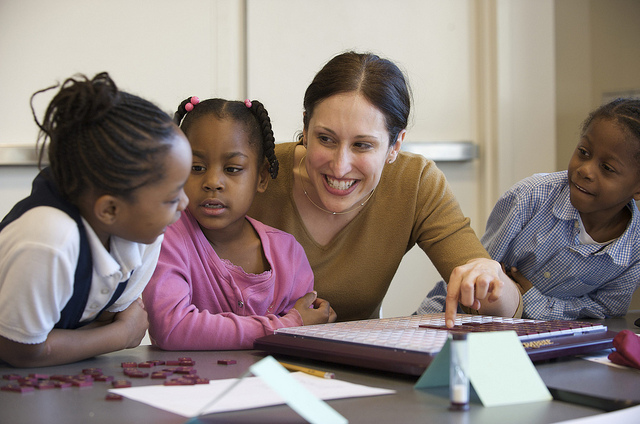Are you looking for strategies to help your students understand abstract concepts? If so, keep reading.
1. Utilize abstract ideas to describe concrete objects in their surroundings (e.g., bigger, smaller, square, triangle, etc.).
2. Tag concrete objects in the classroom with signs that express abstract ideas (e.g., bigger, square, triangle, etc.).
3. Utilize concrete examples when teaching abstract ideas (e.g., numbers of objects to express more than or less than; rulers and yardsticks to express ideas of height, width, etc.).
4. Play Simon Saysto enable the comprehension of abstract ideas (e.g., “Find the largest desk,” “Touch something that is a rectangle,” etc.).
5. Organize a scavenger hunt. Get the student to look for the smallest pencil, tallest boy, etc., in the classroom.
6. Teach shapes using ordinary objects in their surroundings (e.g., round clocks, rectangular desks, square tiles on the floor, etc.).
7. Assess the appropriateness of having the student learn abstract ideas at this time.
8. Teach ideas (e.g., dimensionality, size, shape, etc.) one at a time before pairing the ideas.
9. Give repeated physical demonstrations of abstract ideas (e.g., find things far away from and near to the student, find a small box in a large room, etc.).
10. Daily, examine abstract ideas that have been previously introduced. Introduce new abstract ideas only after the student has a mastery of those already presented.
11. Select a peer to spend time each day with the student pointing out abstract ideas in the classroom (e.g., the rectangular light switch plate, the round light fixture, the tallest girl, etc.).
12. Use concrete objects (e.g., boxes for dimensionality, family members for size, distances in the classroom for space, cookie cutters for shape, etc.) when introducing abstract ideas. Do not introduce abstract ideas by using their descriptive titles such as square, rectangle, triangle, etc., without a concrete object.
13. Get the student to match the names of abstract ideas (e.g., square, circle, etc.) with objects (e.g., floor tile, clock, etc.).
14. Provide the student instruction-following tasks (e.g., “Go to the swing that is the farthest away.” “Go to the nearest sandbox.” etc.).
15. Get the student to sort left and right gloves, shoes, hand and foot paper cut-outs, etc.
16. Consider using video to help you teach abstract concepts to kids. Click here to read an article that we wrote on the topic.
15 Secrets to Teaching Abstract Topics to Kids
Are you looking for the secret to teaching abstract concepts to kids? If so, keep reading.
1. Get the student to perform spatial relationships (e.g., have the student stand near the teacher, far from the teacher, on a table, under a table, etc.).
2. Get the student to question any directions, explanations, or instructions they do not understand.
3. Use spatial relationships that happen naturally in their surroundings (e.g., a bird flying “over” a tree, a squirrel running “under” a bush, etc.).
4. Get the student to follow map instructions to practice more abstract ideas such as left and right, north, south, east, and west. Begin with a map of the school and progress to a map of the community, state, nation, etc., with more complex instructions to follow.
5. Teach the student relationships of directionality by placing paper bands tagged “left” and “right” around their wrists. Withdraw the paper bands when the student can successfully find left and right.
6. Utilize a scale, ruler, measuring cups, etc., to teach measurement ideas.
7. Refrain from the conundrum of the mirror image by standing next to the student when giving right and left instructions.
8. Do not require the student to learn more information than they are capable of learning at any time.
9. Utilize real coins and dollar bills, clocks, etc., to teach abstract ideas of money, telling time, etc.
10. Utilize the terms right and left as part of the instructions you give to the student (e.g., refer to the windows on the left side of the room, the smartboard on the right side of the room, etc.).
11. Get the student to practice following written instructions. Train the student to make marks or images on the right, left, middle, top, and bottom portions of the paper according to the instructions given.
12. Correlate what the student has learned in one setting or situation to other situations (e.g., vocabulary words learned should be pointed out in readings, math problems, story writing, etc.).
13. Make sure the student is paying attention to the source of information (e.g., eye contact is being made, hands are free of learning materials, etc.) when delivering instructions that involve abstract ideas.
14. Tag abstract ideas throughout the classroom (e.g., triangle shapes on the walls, left and right sides of a desk, compass instructions on the walls, etc.) to help the student understand abstract ideas.
15. Consider using video to help you teach abstract concepts to kids. Click here to read an article that we wrote on the topic.









